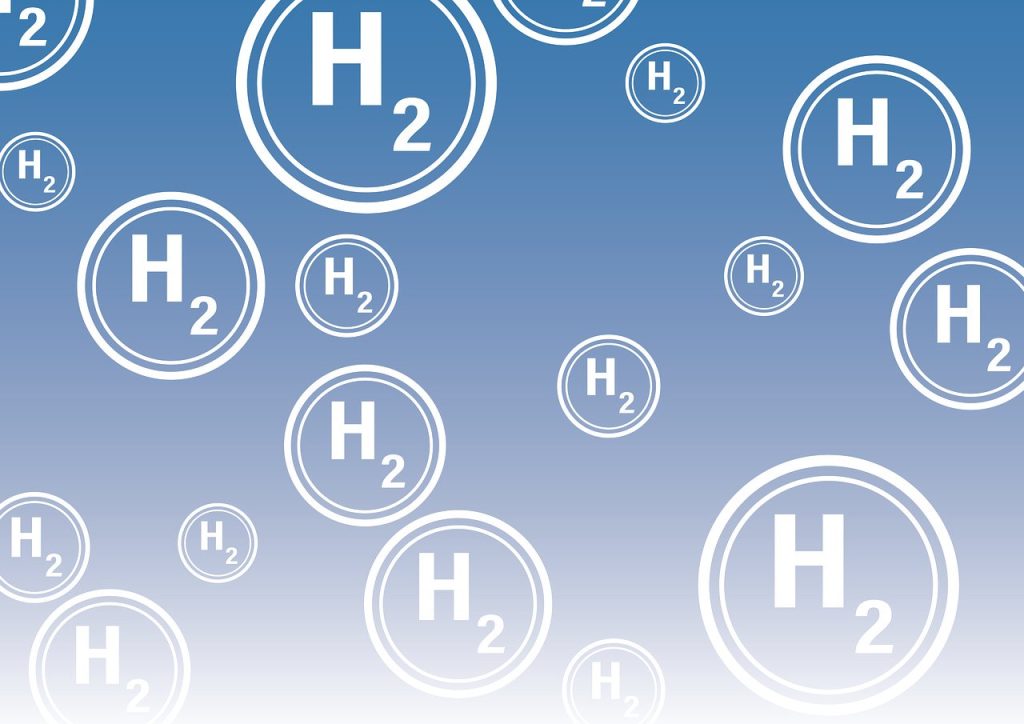In a noteworthy revelation at the COP28 climate summit, a joint report by the International Renewable Energy Agency (IRENA) and Bluerisk has highlighted the significant water efficiency of green hydrogen compared to blue hydrogen. Green hydrogen, derived from renewable sources, was found to use nearly one third less water per kilogram than blue hydrogen, which is produced through natural gas and carbon capture and storage (CCS) methods.
The ‘Water for Hydrogen Production’ report underscores the pressing need to prioritize green hydrogen to address water security threats, especially as global water demand for hydrogen is projected to more than triple by 2040 and increase six-fold by 2050. This insight assumes critical importance in the pursuit of sustainable energy solutions.
Ute Collier, Acting Director of IRENA’s Knowledge, Policy and Finance Centre, emphasized the report’s revelation about the often-overlooked water impact of clean hydrogen production. Collier noted that green hydrogen not only contributes to meeting climate targets but also significantly reduces the risk of water stress.
Despite its reliance on water for electrolysis, the report underscores the water efficiency of green hydrogen, highlighting it as a more environmentally friendly option compared to hydrogen production from coal with CCS, which is considerably more water-intensive.
Tianyi Luo, Director at Bluerisk, drew attention to the water demand implications of CCS in hydrogen production, advocating for a policy shift towards green hydrogen, particularly in water-stressed regions.
Moreover, the report calls for the incorporation of water considerations in hydrogen planning and project approvals, noting that more than a third of ongoing and planned green and blue hydrogen projects are located in highly water-stressed regions.
The study also identifies regional challenges, such as over 80% of China’s hydrogen from coal being produced in the water-scarce Yellow River Basin, and potential high water stress for hydrogen projects in Europe and India by 2040.
The report concludes by pointing to the potential reduction of water dependency in green hydrogen production through technological advancements like air cooling and improved electrolysis efficiency, solidifying green hydrogen’s role in a sustainable energy future.

